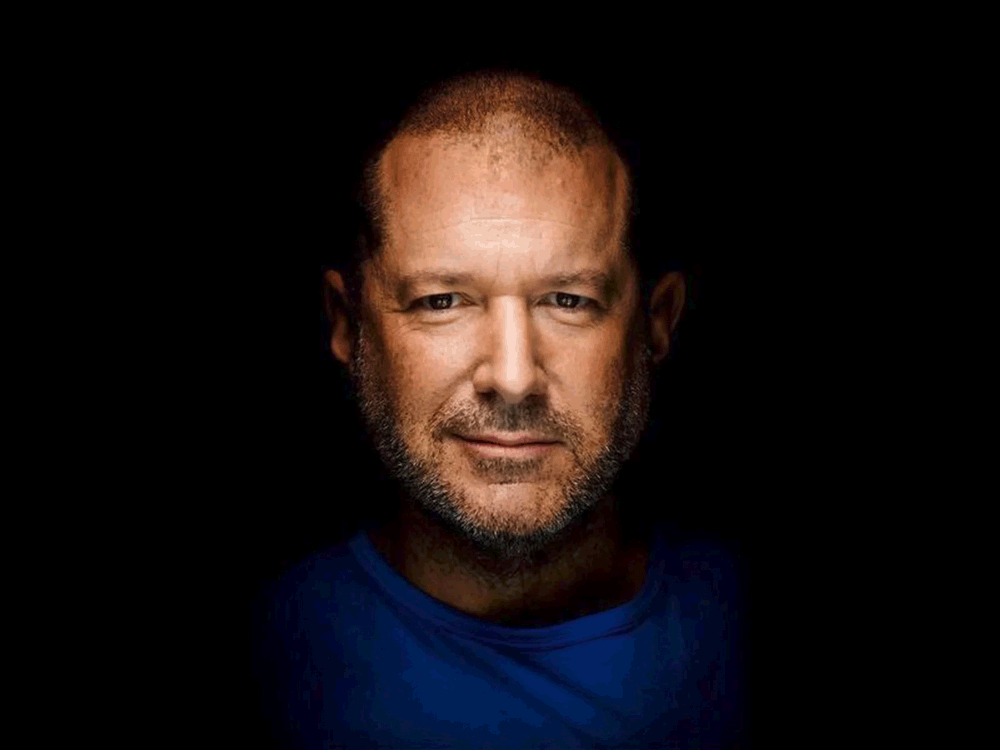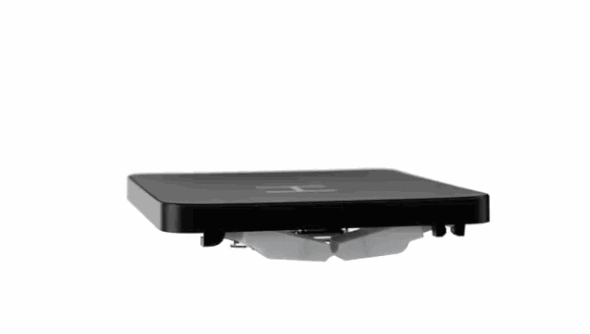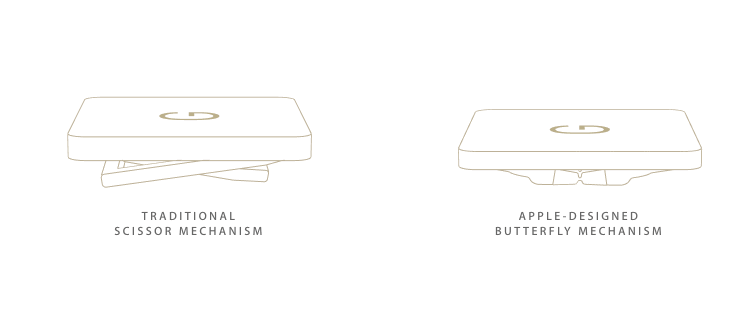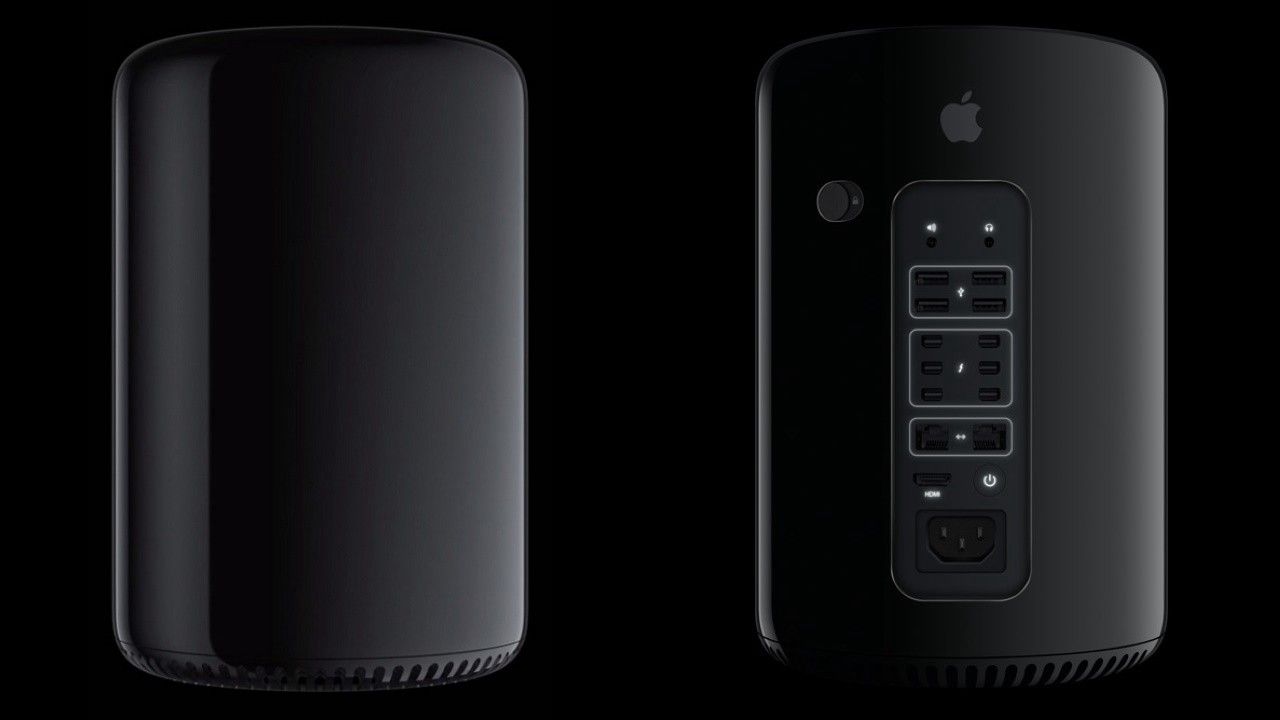Why Apple Is Better Without Jony Ive
Ive’s mobile products were a revelation, but his larger computers left a lot to be desired


Jony Ive released some pretty bad computers. Pretty products with bad functionality. Under his leadership, MacBooks became so thin you couldn’t type and the Mac Pro became so small it couldn’t work. Since his departure, those products are suddenly usable again.
This is not to discount the many great things Ive worked on. The original iMac, the iPod, and of course, the iPhone are all his work. Even after Steve Jobs’s death, he ushered in the Apple Watch and AirPods, both excellent products, thoughtfully designed with a clear evolutionary path.
His record on traditional computers, however, is terrible. It was as if the category bored him; as if he kept making computers smaller in the hopes that they would disappear.
The Ive-era laptops

When Jobs pulled a MacBook Air out of a manila envelope in 2008, it was magic. Ive tried to bring that thin magic to its entire laptop line and in the process broke thousands of keyboards. The result was three generations of lost laptops. Until 2019, a 2015-era MacBook was the best Apple laptop you could buy.

The keyboard and hinge are the only moving parts on a modern laptop. These mechanical components just have to work or the whole machine doesn’t work. This is the functionality that the butterfly keyboard mechanism managed to break.
The core innovation was replacing an X-shaped scissor mechanism with a Y-shaped butterfly. This seems to make sense and supposedly feels good, but it just wasn’t practical. Any tiny particle of dust or grit could jam the keys, requiring a user to replace the whole top assembly — keyboard, touchpad, speakers, etc. Perhaps not a frequent problem, but catastrophic when it happened.
Apple began footing the bill for these repairs but A) who wants to do that, and B) the design flaw still remained.
This was a case of design trumping function, and the blame I think could be placed with Ive. Under him, the laptop line evolved primarily by getting thinner and thinner, with an obsessive focus on millimeter gains like the keyboard provided. This was arguably focusing on the wrong thing, as it started to compromise the basic functionality of a laptop. This was a case of design unhinged from engineering. But at least the hinge still worked.
The Ive-era Mac Pro

The 2013 Mac Pro was a beautiful disaster. It truly is a beautiful, elegant design — it just delivers none of the functionality required. A professional needs a modular PC that can run at the highest specs. What they got was a tiny, self-contained device that was so thermally constrained that it went three years without an upgrade.
“I think we designed ourselves into a bit of a thermal corner, if you will,” one of Apple’s top executives reportedly said. (The Verge)
Again this was a case of design come loose from engineering. There is a case for pushing engineering to its limits, but here they were really missing the point. Pro users didn’t care how pretty or small the PC was, they cared how it performed. This tiny Mac Pro was incapable of handling bigger graphics cards and would simply overheat if pushed any further. More than an engineering problem, they ran into a physics problem.
As with the laptop line, Ive seemed to be trying to engineer desktops away. One senses that he was trying to fit the desktop line into an envelope, but it just ended looking like a trash can. The Mac Pro has only just become competitive again now, in 2019.
The post-Ive era
Ive left Apple this year, though he’s been a diminishing presence for years. He leaves a great legacy and, most importantly, a basic mobile-product skeleton that can be iterated on for years to come. With computers, however, his time has been a dead loss. It really did seem that he had lost interest in computers and was thinking more about architecture.
In 2019, Apple laptops and desktops began returning to their 2012 and 2015 era basics — keyboards that work and modular cases that disperse heat. Even the iPhone 11 Pro is, that heresy, thicker, in exchange for battery life. But again, I won’t fault Ive for mobile. The fact that people pay computer prices for iPhones and the success of the Apple Watch and AirPods is testament enough.
What you can say is that Apple computers are undoubtedly better for the loss of Ive. His regime of aluminum anorexia has passed. Apple computers can finally loosen their belts and move and generate heat without shame.